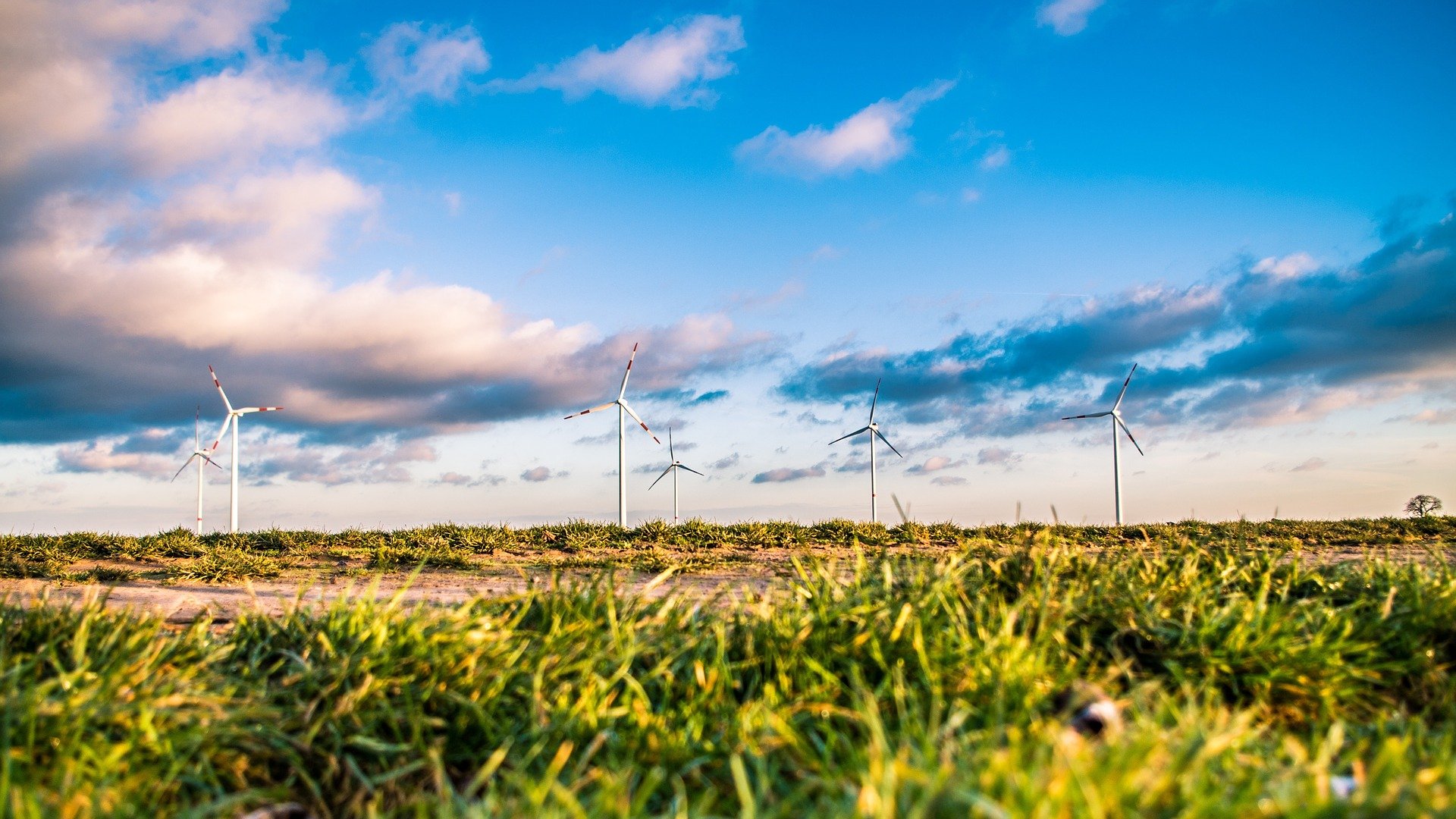
The goal: To shift away from oil, coal, gas and nuclear power towards renewable energies. In 2000, the first Renewable Energy Sources Act (EEG) was signed, which has since been gradually expanded. According to this law, at least 80 percent of the electricity supply and 60 percent of the total energy supply must come from renewable energies – primarily wind and solar power – by 2050 at the latest. But this turnaround cannot succeed with the current state of the energy grid. Electricity fluctuations are increasing and there are more and more small electricity suppliers replacing the former large ones. The grids must be also able to transport electricity in two directions at the same time.
To ensure that this can all run smoothly in the future, the Kopernikus ENSURE project has analyzed how power grids must be set up by 2019 to meet all requirements by 2050 and is now developing solutions to that end. The project has now unveiled the first five technologies which it will simulate both digitally and in practice in the coming years.
1. ENSURE adaptive protection
Until now, protection devices in the grid have permanently measured currents and voltages and automatically shut down affected areas in the event of faults to protect the power grid. However, these devices always operate according to the rules with which they were originally programmed and cannot react to changes in the network. ENSURE adaptive protection, on the other hand, networks several protection instruments. Data streams converge centrally and the system continuously calculates parameters that match the current network situation. This way the protection system learns continuously and can react flexibly to the incoming flow of renewable energies.
2. The ENSURE solid-state transformer
The electricity in our power grid is alternating current, but e-cars need direct current. This means that charging stations for e-cars can so far only be connected to the power grid via several conversion steps. To change this in the future, a so-called converter that converts alternating current into direct current is already integrated in the ENSURE solid-state transformer. The result is that there is much less energy loss between the grid and the car due to this direct connection to the grid.
3. ENSURE’s MVDC short-circuit simulator
In case of disturbances, power outages can usually be limited locally quite easily, since medium-voltage networks are divided into sub-networks. But the disadvantage of this division is that the grids are inflexible and cannot exchange energy with each other. So capacities might still be available in one sub-grid, but wind turbines have to be switched off in the neighboring one because that grid is overloaded. Innovative MVDC short-circuit couplings from ENSURE will enable a permanent exchange of energy reserves between individual sub-grids. At the same time, faults will remain localized and be prevented from spreading to neighboring subnetworks.
4. The ENSURE interconnection concept
The energy grid in Germany consists of central power plant hubs that supply energy to all parts of the country. However, it would be much more efficient if the supply lines radiating out from these hubs were interconnected like the meshes of a net, allowing the energy to reach its destination via different routes. According to analyses from ENSURE, smart meshing could help adapt to the changing demands of energy production and consumption.
5. ENSURE’s digital substation
At substations of the power grid, different grids with different voltages meet and the power is managed so that these grids operate in a stable manner. It helps to have as much information as possible about the actual power flow within a substation. To this end, ENSURE has developed a digital substation in which new measuring devices and modern communications technology digitally record, evaluate and process data quickly and efficiently from individual substation components. Based on this data, power flows will be controlled better than before and in an automated manner.
ENSURE plans to test these five technologies for the first time by 2022. They will then be expanded and supplemented by additional technologies. ENSURE is funded by the German Federal Ministry of Research.
Also interesting:
Energy transition in factories driven by direct current networks
Energy islands in the North Sea: good news for the climate and an opportunity for entrepreneurs
Photovoltaic systems inspired by the wing of a butterfly

